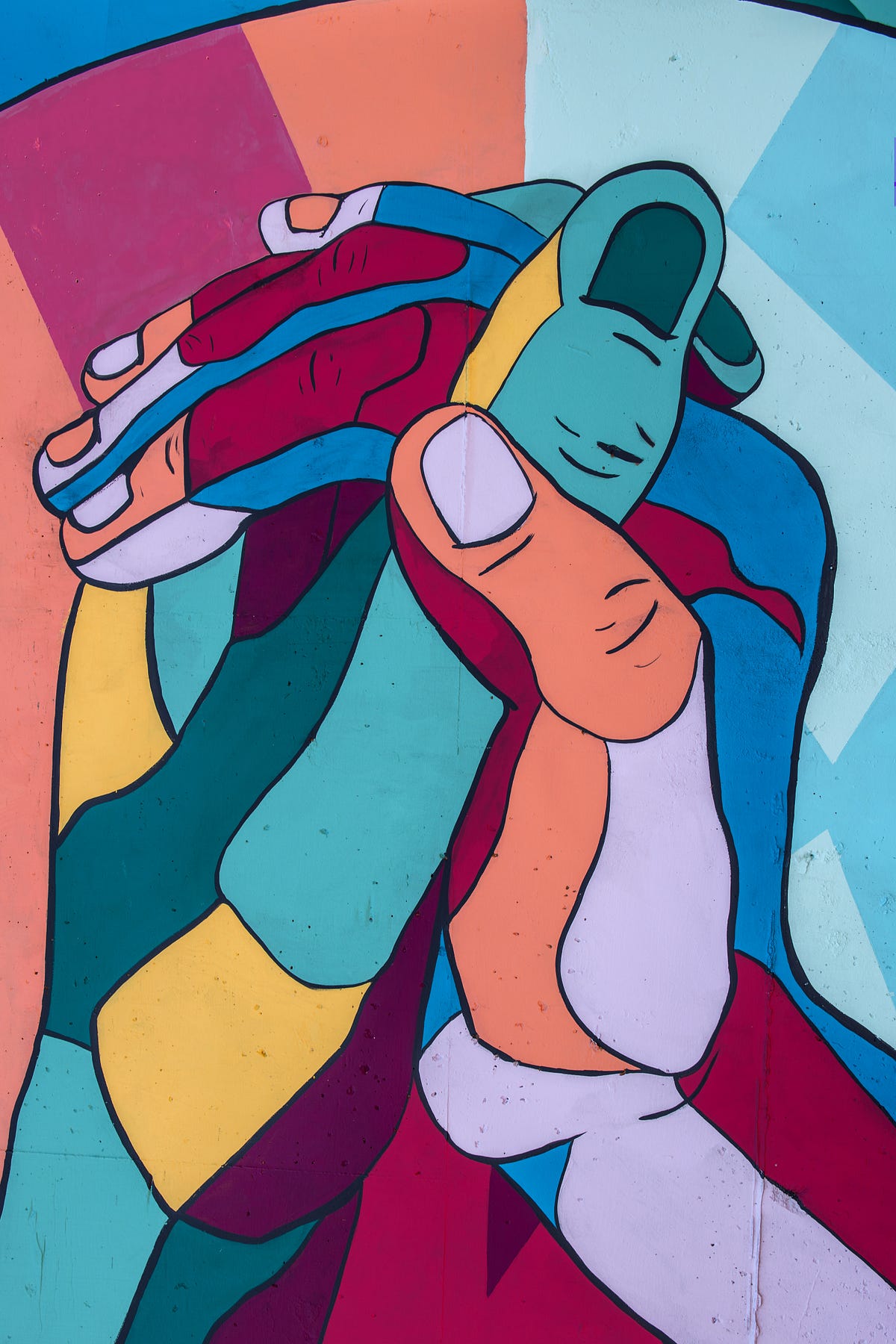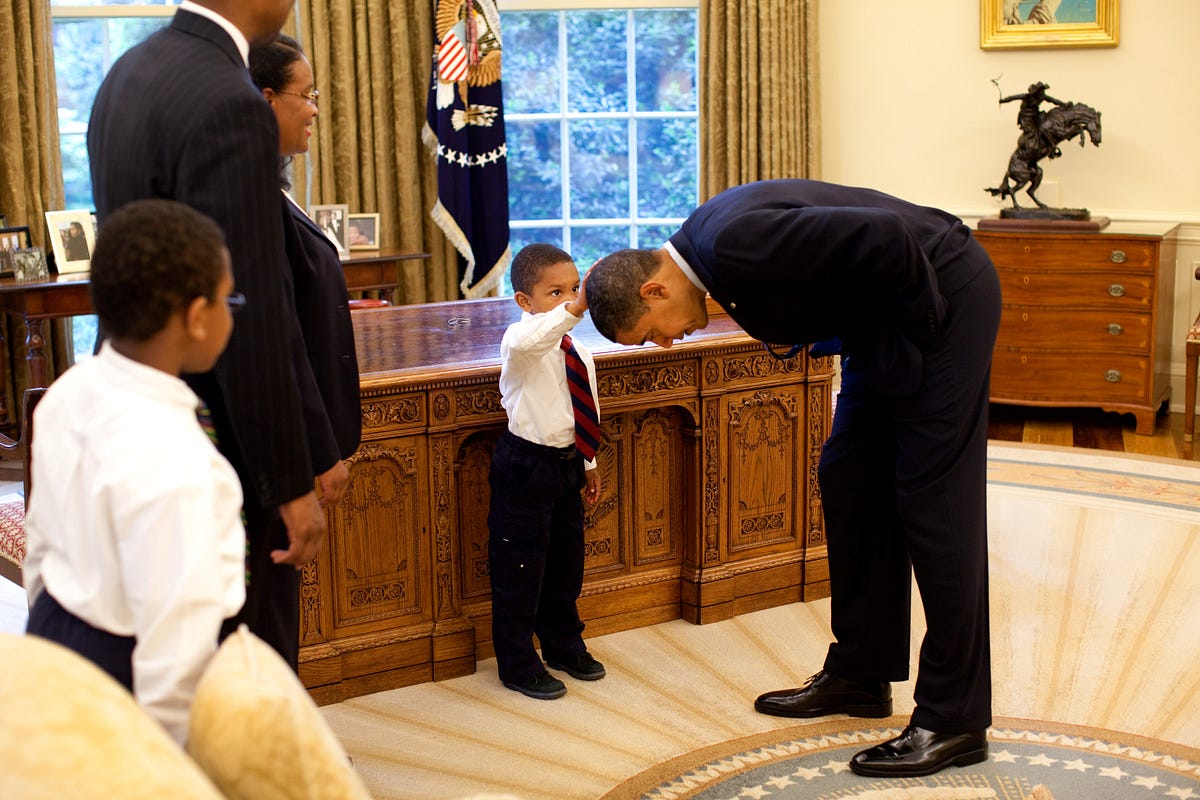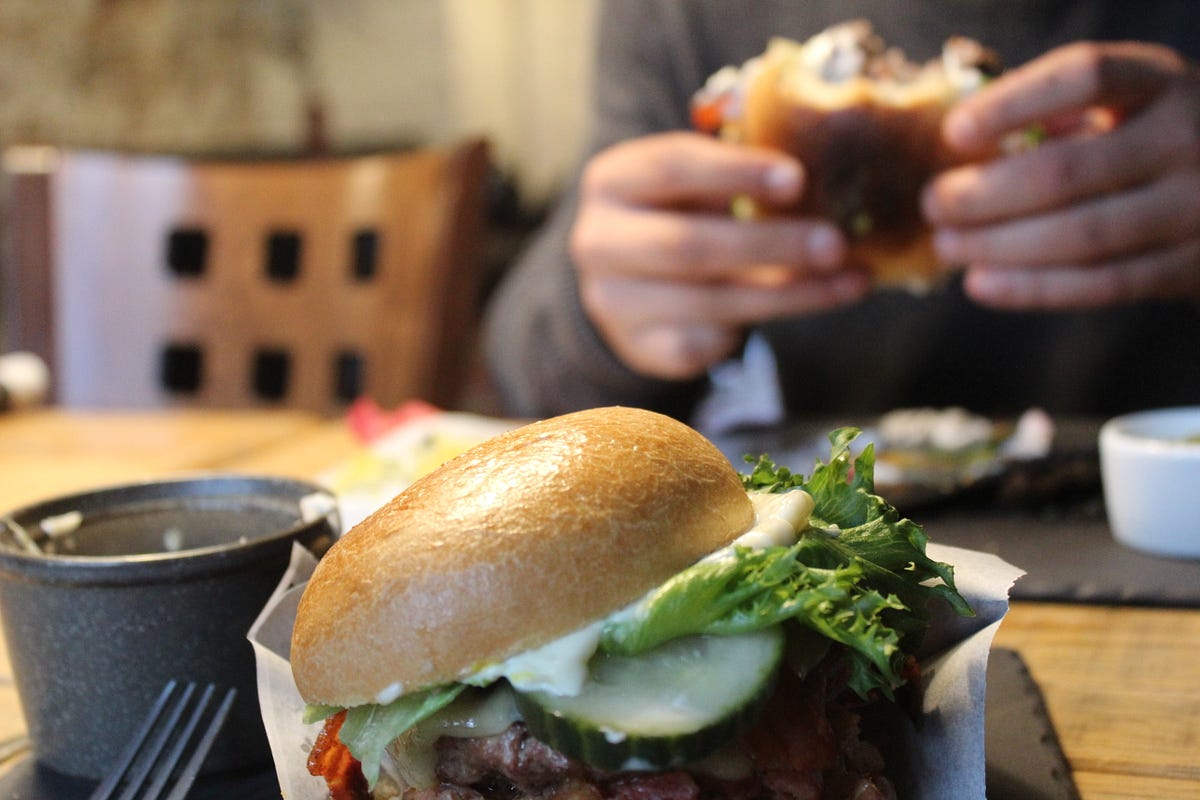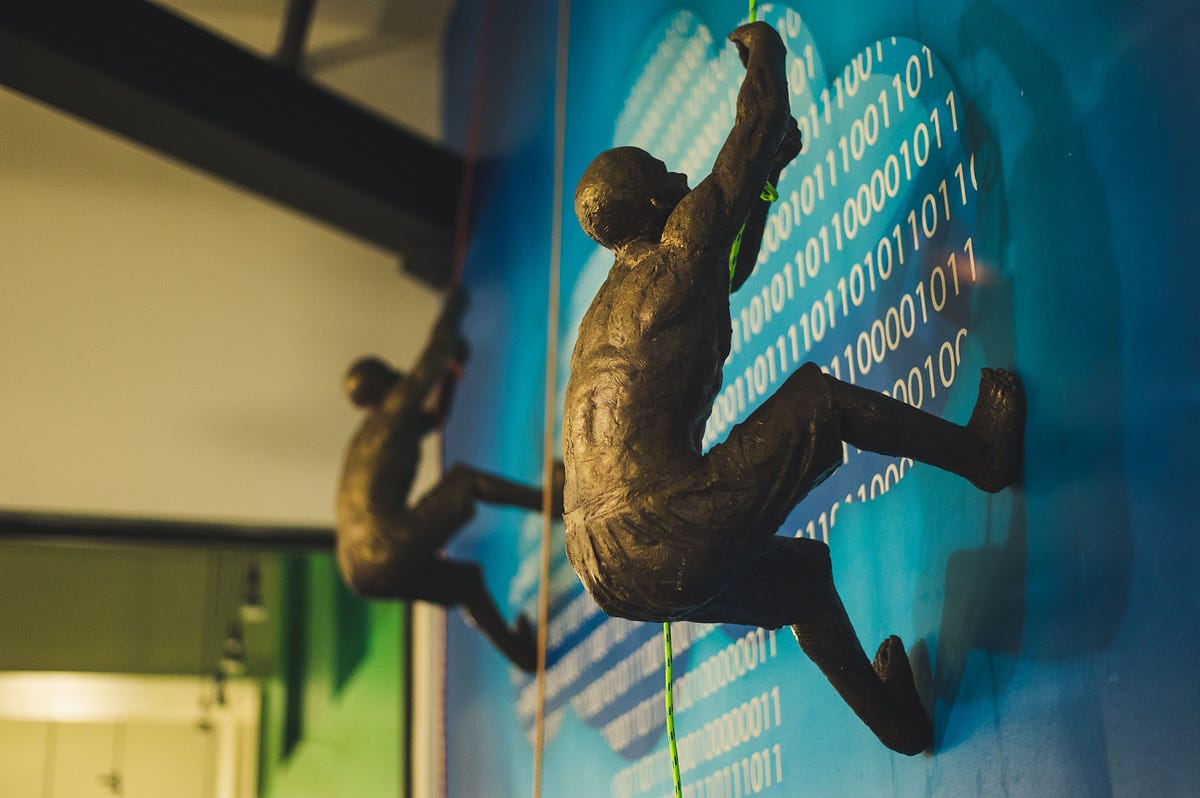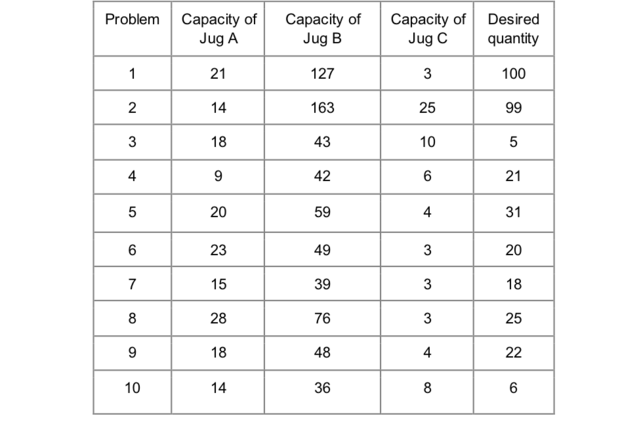My introduction to intermittent fasting had nothing to do with weight loss, but it’s helped reshape both my body and mind
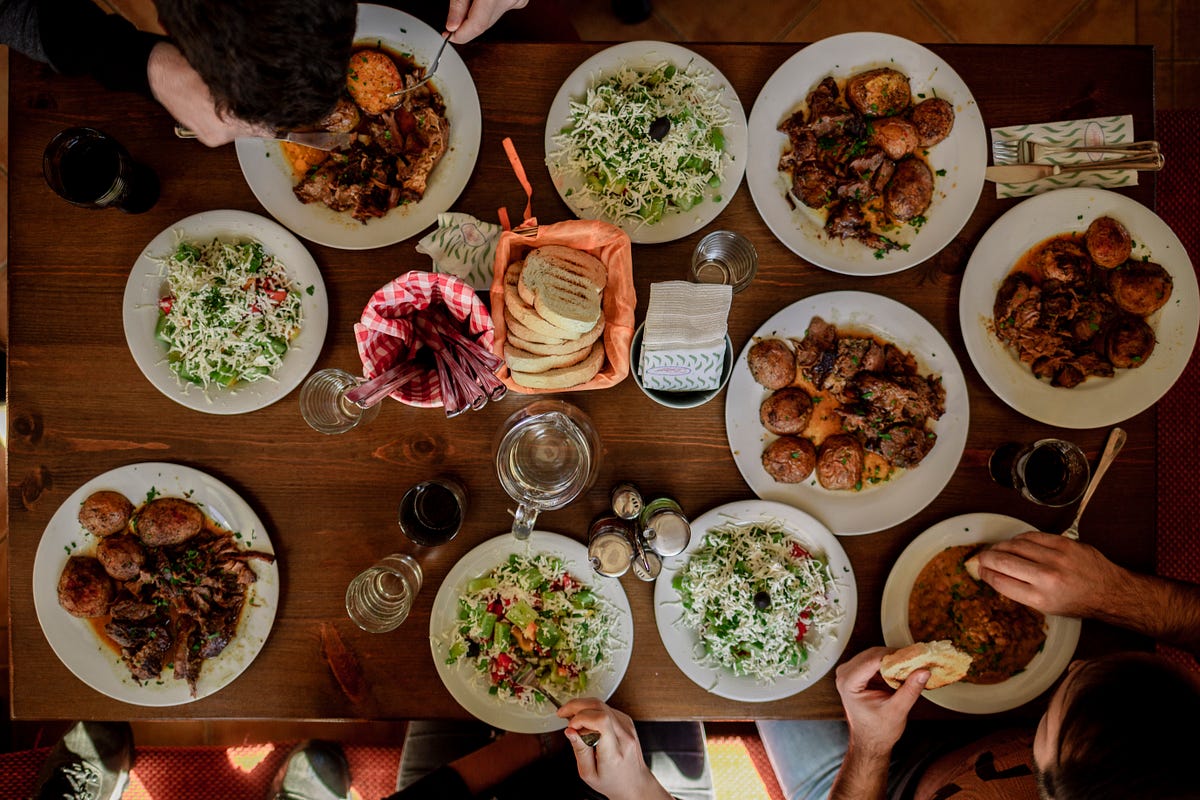
Photo by Stefan Vladimirov on Unsplash
What if you heard about a new method that promises to do things like enhance neuroplasticity, reduce inflammation, and reshape your physique by teaching your body to burn fat consistently?
What if getting all those benefits cost you nothing? In fact, what if it actually saved you some significant money and time?
Would you give that method a try?
This “new” (but not really new) thing I’m speaking of is intermittent fasting (aka time restricted feeding). It’s all over the internet right now, and it seems to fly in the face of the received wisdom that we either ought to eat 3 meals or 6 smaller meals per day.
IF/TRF: Trendy, But Not New
Humans have been practicing some form of intermittent fasting since we were hunter/gatherers thousands of years ago. But since the emergence of agriculture and industry, most of us left the notion of fasting behind, in favor of 3 meals per day.
I too have been eating at least 3 meals per day for the past 3 decades, and I never really questioned that model. But I also never really tried anything else. I always assumed that my brain and body needed a constant stream of fuel to operate optimally, and that 3 meals and snacks were the best way to do that. But I never bothered to ask if that was true.
As it turns out, we don’t really need 3 meals per day. So I’ve made a change. I eat just one meal a day (OMAD) — and it’s made all the difference.
Making the Change to OMAD
OMAD is a method of intermittent fasting that involves restricting your eating to a small window of time — normally no more than 4–6 hours. You skip breakfast and lunch. You drink only non-caloric beverages throughout the first part of the day(black coffee, unflavored tea, water) and then have a substantial dinner.
Of course, the healthier you can eat during that 4-hour window, the better, but it’s not necessary. Studies have shown that even a high-fat, high-sugar diet — when eaten strictly within a 4 to 6-hour window — curtails the tendency toward obesity. Insulin levels and insulin-sensitivity are reduced, meaning health risks are reduced as well.
My one-meal-a-day schedule is a follows:
- 5am: wake up and drink 12oz of water (with a pinch of salt in it) and 8-10oz of black coffee. Begin working.
- 6am — workout, pack my daughter’s lunch, wake her up, and get her ready for school, and put her on the bus.
- 8am — Back to work, keep drinking water.
- 4–5pm — Begin eating, usually dinner or some sort of protein source prior to full dinner. Eat pretty much as much as I can handle.
- 8-9pm — stop eating, have some herbal tea (no sweeteners).
- 10–11pm — go to sleep
I don’t always perfectly follow this schedule. Sometimes, at around 12 or 1pm, I’ll feel hungry or sluggish enough, that I know I just need to eat something. On those days I’ll have a small handful of almonds and a piece or two of jerky — something small and not dense with carbohydrates. That more than satiates my hunger.
How OMAD Helps Me
There are five main benefits that I’ve seen during my 3-month experiment eating one meal a day: gut rest, consistent energy levels, reduced inflammation, building a habit of delaying gratification, and a simplification of my diet.
Gut Rest
For many years, I’ve struggled with gastrointestinal issues — which have gotten worse recently. I tried different diets — vegetarian, pescatarian, vegan, high carb, low carb, paleo, you name it. Nothing really stopped the nagging bloating, gas, and overall bodily discomfort. I just dealt with it as it came, and was thankful when it didn’t.
With OMAD, I’ve been able to leverage the benefits of gut rest. The longer you fast, the more you give your gut time to rest. For me, this was a game-changer.
When I was eating normally (i.e., 3 or more meals per day), my main digestive issues began around lunch time, and got worse as the day went on. I was mostly fine after coffee and a moderate breakfast. Once I had lunch — unless it was very small — I tended to experience some level of gas and bloating.
Once I started going most of the day without eating, I found that when I did eat, I didn’t experience that kind of gas and bloating. Basically, what’s happening is gut rest. My digestive system isn’t being forced to do work every few hours, and because of that, it’s allowed to rest and reset.
The benefits of fasting on the digestive system and its (incredibly complex) microbiome are beginning to gain traction in the research. I continue to experience these daily — especially if the food I eat is healthier.
More Consistent Energy Levels and Focus Throughout the Day
The normal 3+ meal a day diet I’d eaten for over 35 years wasn’t providing me with consistent energy levels throughout the day. I was on a roller-coaster nearly every day. As a result, I’d turn to caffeine and sugar in large amounts to try to pick myself up at various times throughout the day.
Eating one meal each day has turned that energy roller-coaster into a relatively smooth and level ride.
Though at the outset of doing longer-period intermittent fasting (16+ hours/day), there can be periods of hunger pangs and lethargy — those pass quickly. The short periods of lethargy I did experience were qualitatively different than when I was consistently fed. I’d take them over that fed-belly lethargy any day.
After about a month, I’ve adjusted. From my 5am wakeup time to around 4 or 5pm when I begin eating — I’ve got a straight-line of energy throughout the day. And because I’m not constantly thinking about, getting, and consuming food and drink (aside from water), I’m remaining focused on what I need to be doing for most of the day.
Decision fatigue is real, and we can tend to experience it a lot as we deal with food and drink choices throughout the day. OMAD helps you avoid that as much as possible.
Reduced Inflammation
One pretty dramatic thing I experienced right away as I began this journey was a drastic reduction in the nagging pain and discomfort I felt. Since I hit my thirties, it seemed like there was always some sort of pain or discomfort each day.
My back, hips, and neck were the usual suspects. But I also had random headaches that would come on during the middle of the day. At some point, as it bugged me enough, I began to see that a lot of the pain and discomfort I was feeling came after I ate — especially after a meal and some snacks.
It’s no surprise, then, that since starting the one-meal-a-day protocol, the nagging discomfort, pains, and headaches have almost entirely subsided. Again, the research tends to bear out the effect of fasting on inflammation — specifically for periods of fasting at 12 or more hours per day.
Learning to Delay Gratification
The ability to delay gratification has long been heralded as an indicator of professional and personal success. Those who can forego immediate satisfaction in favor of benefits further down the road tend to do better. So the more practice you can get at delaying gratification, the more helpful it will be.
And what better arena to practice delaying gratification in than food — where the temptation is present every day? In fact, the experiment that kicked off the enthusiasm for delayed gratification is literally named after a food; it’s called the marshmallow experiment. Kids were presented with the choice of eating a marshmallow now, or waiting a few minutes, and getting 2 marshmallows. And the ones that held out for more later tended to be much better at achieving goals.
I have found that delaying the gratification of my meals until the end of the day has helped me exercise that muscle of willpower, and get used to delaying gratification in general. As a result, I’ve become more disciplined and patient in both my work and personal life.
Simplification
I’m a sucker for simplifying things, and I’m not alone. In this era of minimalism gaining wide traction, we’re beginning to see the appeal of doing way with the unnecessary and boiling things down to the simplest necessary elements. And what could be simpler than one meal a day?
OMAD is a simple approach. There’s no extensive meal prep for 3 meals and snacks. There’s no pile of Tupperware for packing healthy lunches and snacks. There’s no making fancy juices or smoothies. There’s no protein drinks, bars, or expensive shopping trips with a cart full of all sorts of ambitious ingredients for 21 or more meals per week.
There’s also no preoccupation throughout the day with food and drink. There’s no “I can’t wait until lunch” or “I’m just going to run out and get a latte or smoothie”. There’s no “how many calories are in this?” or “am I hitting my numbers to stay in ketosis?” The day can be spent tackling what needs to be done — with focus and energy — instead of being preoccupied with food and drink.
And for those looking to lose weight, this approach makes caloric restriction as simple as it gets. Because your window of eating is small, you are more likely to eat fewer calories. As a result, you’ll tend to hit your targets more reliably.
Since I began this journey, 2 people close to me have adopted it from just me mentioning it once. Both have lost 10+ pounds in the span of a month, with no alteration in the kinds of foods they eat — simply from restricting their eating to a 6 hour or less window each day, and no exercise to speak of.
Addressing Concerns
For many, the idea of fasting — especially only eating one meal a day — is so radical that it’s immediately concerning. But fear not. There is historical precedence for fasting, as well as documented health benefits. Below I address a few common concerns about fasting.
But don’t humans need to eat regularly?
Most of us have grown into adulthood thinking that we need to eat three meals per day —and possibly snacks in between. But that is a fairly new practice in the long timeline of human history.
For millennia, humans have been operating in various states of fasting as they went about their lives. In fact, once the body has been in a fasted state for about 12 hours (give or take — depending on the person), a “metabolic switch” is flipped. Whereas the body normally uses glucose (sugar) as the preferred fuel source, fasting induces the use of fatty acids instead (ketones).
Research continues to point toward various health benefits of getting into that fasted state. Everything from improvements in mood, energy levels, mental acuity, and better athletic performance have all been documented.
But Won’t I Lose Muscle?!
For those who do resistance training, or are simply worried about wasting away to a skeleton from fasting: I hear what you may be thinking. Won’t not eating for most of the day waste away my muscle mass? Won’t I look anorexic?
It may seem that way, but no.
I used to be a gym rat, and I ate (and drank) enough protein to feed a small village. I’d be slamming protein shakes right after workouts, and eating 6 or 8 meals/snacks each day. While I gained muscle during this process, I also kept a good layer of fat on me.
More importantly, I spent most of the day pretty uncomfortable. I had gas, bloating, terrible swings of both mood and energy. I had all sorts of bodily aches and pains that match the markers of inflammation you can read about in the research.
Sure, I may have been putting on some muscle, but at what cost?
As it turns out, the evidence seems to point toward fasting having, at worst, a neutral effect on muscle mass. So there shouldn’t be much to worry about there. Work out to your heart’s content, and eat your one meal each day to feed your body.
Won’t I Pass Out or Fall Asleep?
If you’re a reasonably healthy person — with no underlying health issues — your body can handle long periods without food. Like anything new, there will be an adjustment period. This is normal. But our ancestors going back tens of thousands of years would go days without eating, while also having to be alert enough to hunt and gather.
When your body uses fat for fuel (i.e., ketosis) rather than sugar from ingested food, it’s engaging in a process that it’s well prepared for. The process of ketosis is just as efficient for fueling body and brain, and has been fueling humans for millennia — especially hunter and gatherer ancestors, who had to be alert, focused, and strong in order to simply find food and survive.
Furthermore, there are all sorts of helpful processes that your body “turns on” when in a fasted state. The most hyped one is autophagy — which is a kind of cleanup process that your body does in a fasted state. It’s been linked to the prevention of all sorts of things — from malignancy to dementia.
Try it For Yourself
I’m not a doctor or health care professional, so take my recommendation with that in mind. But if you’re an otherwise healthy person, one meal a day is worth a shot.
Some people can do it right away with no problem. Others need to slowly build to it, by having a small lunch for a few days when they feel too hungry to go on.
But once you do it, and it becomes simply what you do each day, it’s hard to think about doing things any other way.


